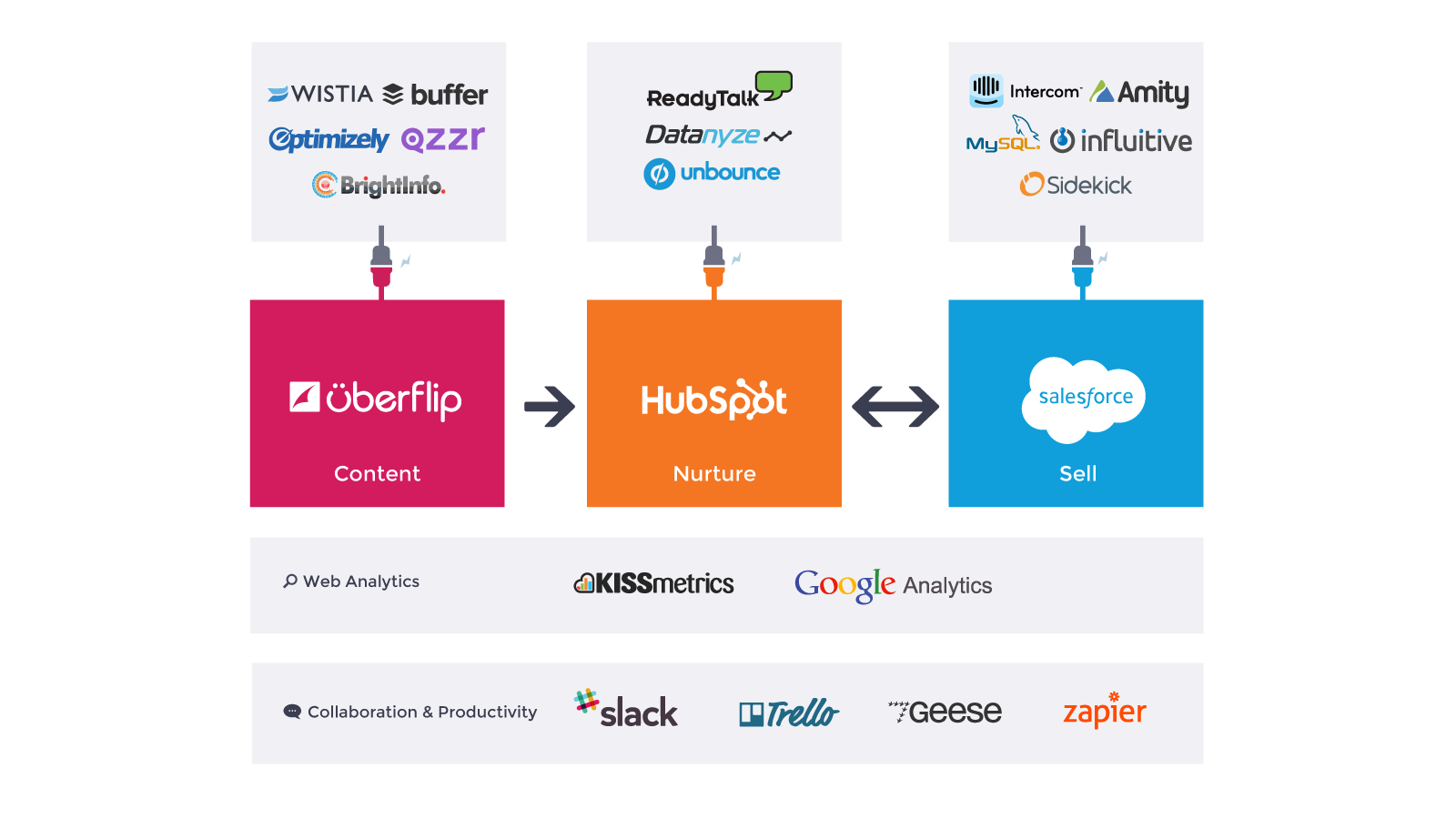

Keep in mind, this is a strategy for building your tech stack, not a prescription for which tool to use. We’ll take you through how we usually go about this process, along with some tools to consider. What tools you choose for your tech stack depends on the objectives you identify for each stage of the customer journey. What tools can help me meet that objective faster and more effectively? As such, these tools can’t provide a complete picture of the overall customer journey but are great for their specific use cases. These tools are good for companies just starting out that don’t have the resources to delve deeply into mountains of data. If you want to perform specific types of analyses in your customer journey, you can send your data to specialized analytics tools, such as Google Analytics, Amplitude, and Mixpanel. The purpose of these tools is to visualize the customer journey we mapped out earlier using real customer data. To make sense of your data, there are two categories of tools to choose from: specialized analytics tools and business intelligence tools. Then, you can understand individual customer journeys, along with every customer journey in aggregate. To actually use this data, you need to send it all into a set of analytics tools that can visualize it.
Company tech stack code#
With advanced analytics, your picture of “usr_123“ and the actions they take is fairly comprehensive, and you can start to draw some conclusions about your customer journey.īut looking at code like this for every customer is not feasible.
Company tech stack upgrade#
Later, they watch a video in the “Sports“ category and then upgrade their plan to “Professional,” which has monthly recurring revenue of $30.

In this code, you can see that “usr_123” signed up after landing on your site from an organic search. To share what we’ve learned over the years, we’ve put together a comprehensive guide to help to build a tech stack for growth in 2021.īuilding a tech stack should start by answering two questions. This gives marketers an edge: you can quickly improve your stack as new and better tools come out, or as your requirements change. It acts as a middle layer between your website or app and your tech stack. So what can do you to build a technology stack with scalability in mind that doesn’t slow you down and lock you in? It starts with choosing a flexible system of technologies that doesn't compromise on functionality and can be swapped in and out as your business grows and your requirements change. Unless managed carefully, tech stack sprawl can be incredibly debilitating to an organization, leaving you with inefficient spending, siloed data, and substandard customer experiences. According to Gartner, technology sprawl is one of the top ten business challenges faced by businesses today. If you see numbers like that and feel overwhelmed, you’re not alone. Here’s a statistic for you: in 2021, a typical mid-market company uses 185 different apps in their tech stack.


 0 kommentar(er)
0 kommentar(er)
